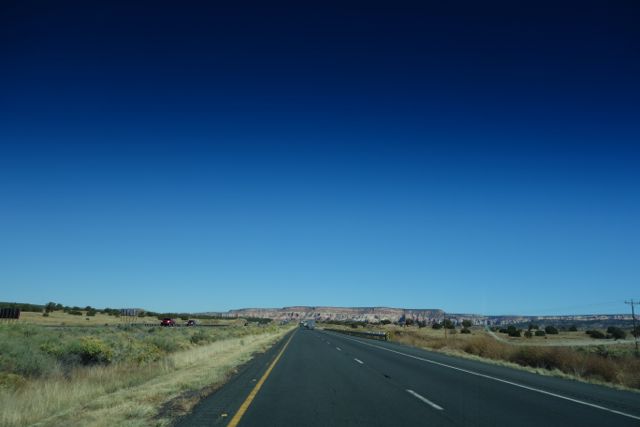
The impetus for this road trip across America came from my dad’s move across America, from Huntington Beach to Raleigh. He’s driving the moving truck full of the last load of boxes, furniture, and such, and we’re driving his newly purchased Kia Sorento. I’ll probably have driven more in these two weeks than I’ve driven in the past decade, or than I will drive in the next decade — after this, I won’t want to drive for about a decade — and my perpetual out-of-touchness with the driving experience keeps me astonished whenever I see, much less use, the features built standard into automobiles these days. I mean, you don’t even need keys anymore!
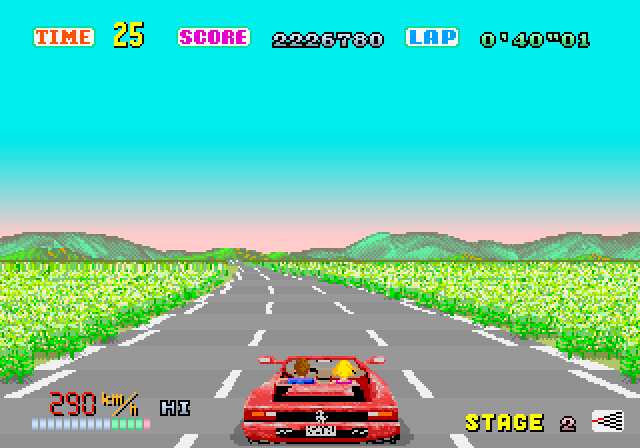
These days, one hears a lot about the approaching debut of self-driving cars on the market, but I sense that non-self-driving cars are themselves asymptotically approaching the condition of the self-driving car. I sense it with special strength while rolling down Interstate 40 at a both climate- and cruise-controlled 85 miles per hour, glancing at the navigation system’s screen every few hours in order to find out where to exit next. When it displays that, it even assembles a reasonable graphical approximation of the scenery outside the windows, images reminiscent of the backgrounds in Sega’s OutRun, the very first video game I ever owned (albeit in a conversion for a Radio Shack PC clone).
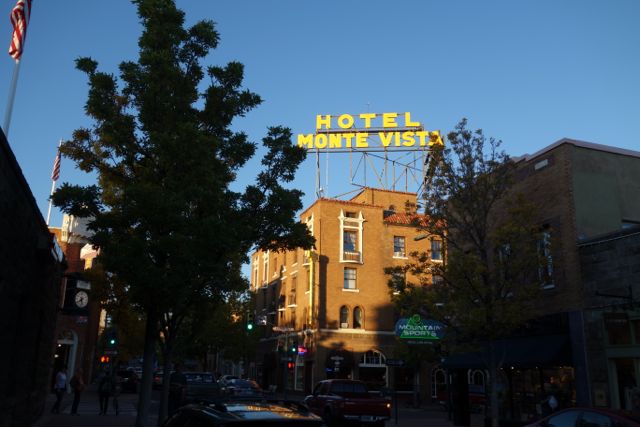
I always liked that OutRun‘s creator Yu Suzuki insisted on describing it not as a racing game, but as a “driving game.” Now, 25 years later, it feels like all those hours I spent playing it in the basement have paid off, since the essential tasks of this real-live driving experience differ not at all from those of the driving game: go forward, occasionally choose which way at a fork in the road, get to the next destination on time, and try not to run into other cars. But in real life, I have a much more appealing lady in the passenger’s seat (though the way the Outrun girl would point accusatorially at the driver after each and every crash — or really, the way adults laughed when they saw it — told me all I needed to know about male-female relations in this world), and we passed today not into some pixelated Japanese fantasy of a Californian beach or alpine Mitteleuropa, but Flagstaff, Arizona.
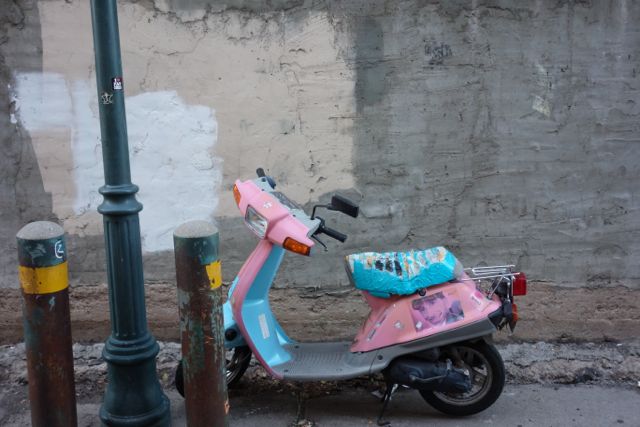
Going to Arizona after a string of sweltering days even in California seems like a bad Idea, I realize, but Flagstaff, due to its high altitude and maybe some other environmental factors I’m not going to look into, gets cold, at least at night. And what better way to pre-emptively warm up than drinks at my coffee cocktail spot of choice in town, the Flagstaff Coffee Company? Actually, it ranks as my coffee cocktail spot of choice in any town, since I’ve never encountered anyplace else that specializes in mixing coffee and alcohol, especially not in at least eighteen different configurations. I went with the classic Irish coffee (which I suppose I could have had in Los Angeles, where we live four miles from The House of Irish Coffee), but Jae got an ideal last-minute suggestion of an off-menu item from some regular sitting nearby that involved matcha, whiskey, and almond milk.
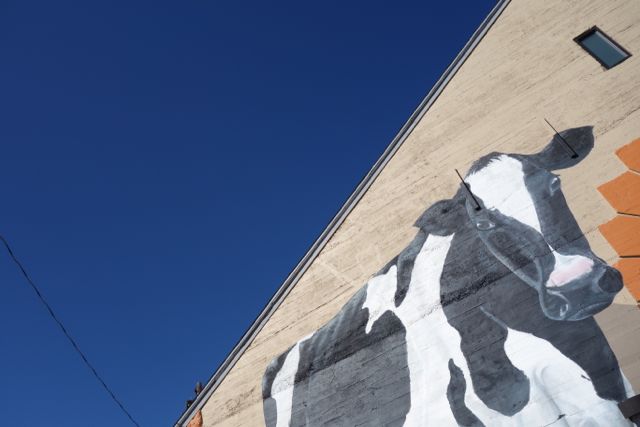
After night fell and the Flagstaff chill set in, we ascended to the Lowell Observatory and saw the city from above as we waited in line to look through the telescope in the 120-year-old observatory building once used by Percival Lowell himself (and now standing mere feet from his mausoleum). One of the complex’s warmer indoor exhibits devoted to Lowell’s life and discoveries displayed an 1883 photo of him in a group of Koreans. “Lowell’s past before becoming an astronomer is also rather interesting, as he lived in in Japan for a number of years in the 1880s and 1890s, before returning home for good in 1893,” writes (past Notebook on Cities and Culture guest) Matt VanVolkenburg. “In 1883 he was invited to accompany Korea’s first trade mission to the US,” on which trip he posed for the picture in question.
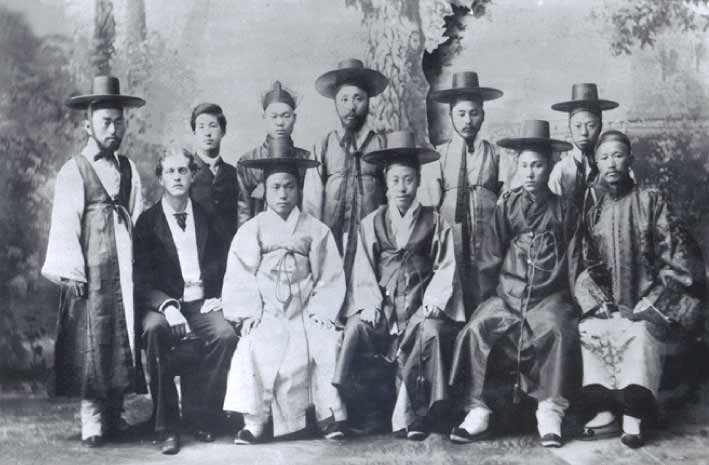
“Upon returning to Korea in late 1883, he stayed several months in Korea, where he witnessed the 1884 coup d’etat, which he wrote about in the November 1886 issue of The Atlantic Monthly (which can be found here). He also took a number of photos of Korea at that time, which can be found here (click’ search’). Lowell also published Choson, Land of the Morning Calm: A Sketch of Korea in 1886, as well as a number of books on Japan, such as The Soul of the Far East and Noto: an Unexplained Corner of Japan.” And so, 7,250 feet above sea level, I seem to have paid inadvertent tribute to one of my predecessors.